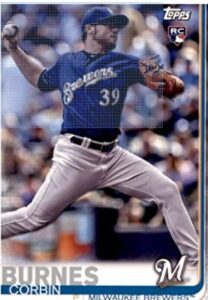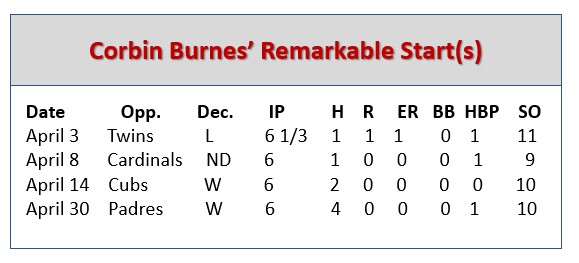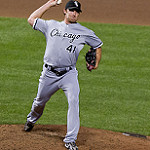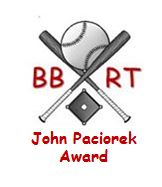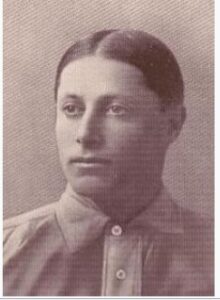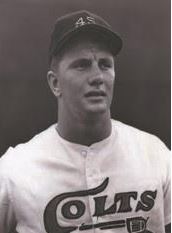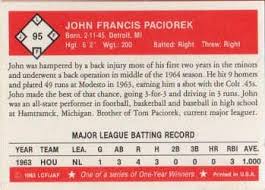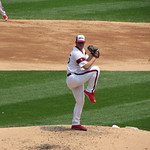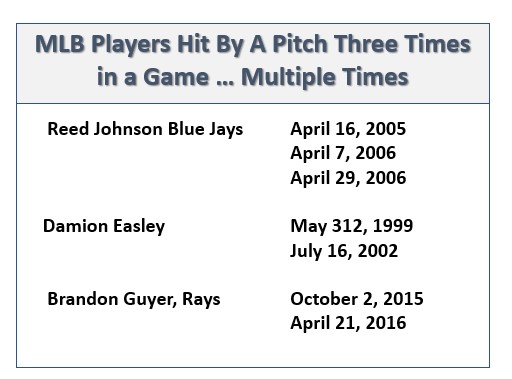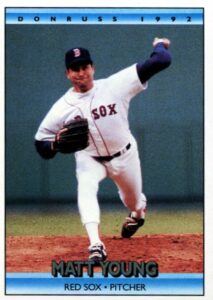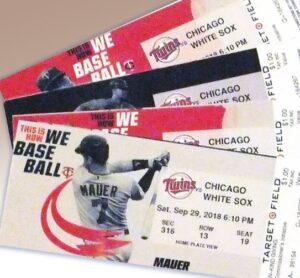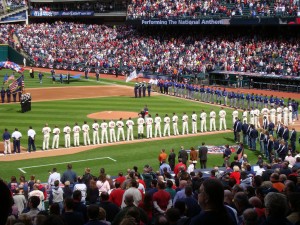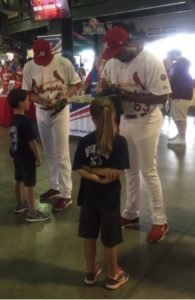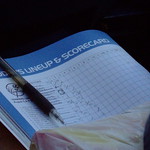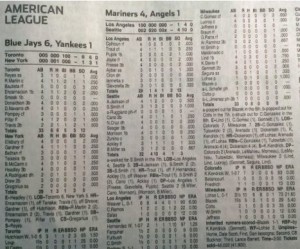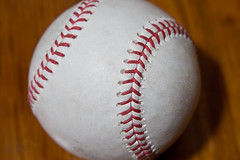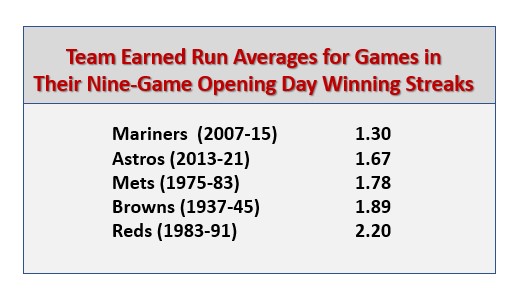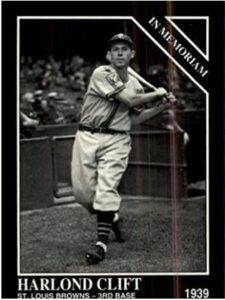 Yesterday, the Giants started Curt Casali (signed as a free-agent this January) behind the plate for the seventh time this season – and the acquisition continued to pay off. The Giants shut out the Marlins 3-0 (on two hits). Notably, in Casali’s last five starts behind the plate (between April 11 and April 22), Giants’ pitchers have turned in five shutouts. According to the Elias Sports Bureau, that makes Casali just one of five catchers to backstop shutouts in at least five consecutive starts. The other are:
Yesterday, the Giants started Curt Casali (signed as a free-agent this January) behind the plate for the seventh time this season – and the acquisition continued to pay off. The Giants shut out the Marlins 3-0 (on two hits). Notably, in Casali’s last five starts behind the plate (between April 11 and April 22), Giants’ pitchers have turned in five shutouts. According to the Elias Sports Bureau, that makes Casali just one of five catchers to backstop shutouts in at least five consecutive starts. The other are:
- Francisco Cervelli, Pirates (June 10-June 16, 2015)
- Chris Hoiles, Orioles (September 26-October 1,1995)
- Alan Ashby, Astros (September 23-October 1, 1986) Ashby’s streak included two games which he started, but did not finish.
- Record-holder Ed Phelps, Pirates, who started six consecutive shutouts between June 2 and June 8, 1903. One of Phelps’ shutouts was a six-inning complete game.
Put Me In Coach …
Curt Casali has started seven games behind the plate for the Giants this season. In those contests, San Francisco is 6-1, with a 1.21 earned run average. In games not started by Casali at catcher, the Giants are 6-6, with an ERA of 4.04.
Casali’s five start shutout streak included: a 4-0 win over the Rockies on April 11; a 3-0 win over the Reds on April 14; a 1-0 win over the Marlins on April 18; a 2-0 win over the Phillies on April 19; and a 3-0 win over the Marlins on April 22. Mid-streak, Casali did catch the final 3 2/3 innings of a April 17 10-inning 7-6 loss to the Marlins.
A few other tidbits:
- Casali is the first catcher to start five consecutive shutouts by a different starting pitchers (Anthony DeSclafini, Johnny Cueto, Alex Wood, Kevin Gausman, Aaron Sanchez.
- A bit of how the game has changed. There were 19 pitching changes in Casali’s five consecutive shutouts started. In Ed Phelps ‘record six consecutive shutouts started, all were complete games and only four pitchers were used (Deacon Phillips and Sam Leever with two shutouts each, Kaiser Wilhelm, and Ed Doheny).
As of April 22, the 32-year-old Casali, who is in his eighth MLB season (Rays, Reds, Giants), has played 336 MLB games (a high of 84 in 2016 & 2019).
Primary Resource: Baseball-Reference.com.; Elias Sports Bureau
 Baseball Roundtable is on the Feedspot list of the Top 100 Baseball Blogs. To see the full list, click here.
Baseball Roundtable is on the Feedspot list of the Top 100 Baseball Blogs. To see the full list, click here.
I tweet baseball @DavidBBRT
Follow/Like Baseball Roundtable’s Facebook Page here. More baseball commentary; blog post notifications; PRIZES.
Member: Society for American Baseball Research (SABR); The Baseball Reliquary; The Negro Leagues Baseball Museum.
